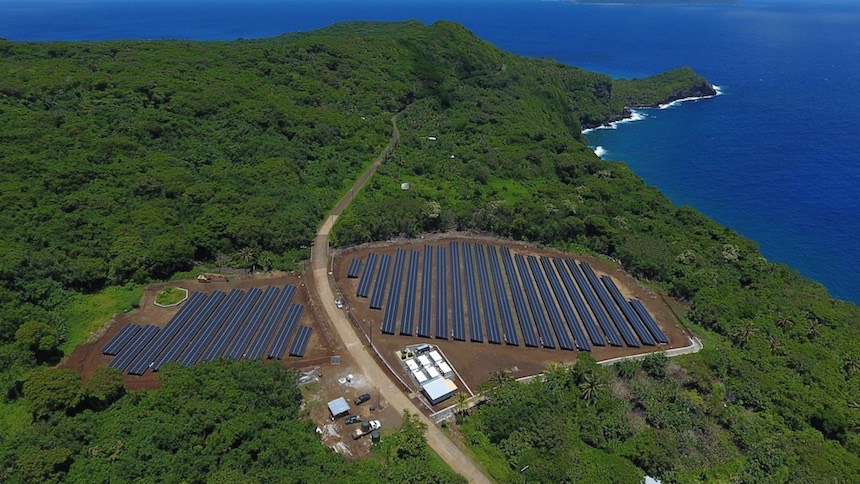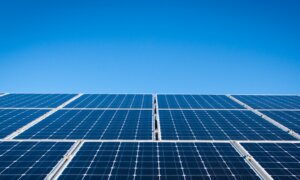Tesla is moving forward with its plan of replacing fuel-generated electricity with renewable energy, after acquiring Solar City. For the past year, they have worked on providing solar energy for an entire island in American Samoa #todaymagic
Six hundred residents on the island of Ta’u are no longer dependent on diesel barrels. They don’t have to worry about buying, shipping and rationing them anymore. Keith Ahsoon, a local resident, recalls how he and his family lived before: “We rely on that boat for everything, including importing diesel for the generators for all of our electricity. Once diesel gets low, we try to save it by using it only for mornings and afternoons. Water systems here also use pumps, everyone in the village uses and depends on that. It’s hard to live not knowing what’s going to happen. I remember growing up using candlelight. And now, in 2016, we were still experiencing the same problems.”
Things took a turn for the better when Tesla got involved. After buying Solar City, the company implemented a 1.4 megawatts solar microgrid that can cover “nearly 100 percent” of their needs. The 5.328 solar panels installed work hand in hand with 60 Tesla Powerpacks that can offer 6 megawatt-hours of energy storage. What does this mean for locals? They can take advantage of the renewable energy even in bad weather, for up to three cloudy days at a time.
This year-long tour de force is the first project of this magnitude Tesla has finished to improve the standard of living in remote areas. Of course, Ta’u wasn’t chosen as a testing ground randomly. The great weather and small population means one thing: the amount of solar power needed isn’t as great as in a city. We’ll have to wait and see how they do in an urban setting next.
Follow TechTheLead on Google News to get the news first.





















